Writer Kate Demolder's surname and DNA speak to other nations, yet her ability to self-define as Irish has never been questioned. So, who gets to decide what Irishness looks like?
This past month I’ve found myself doing something I rarely allow myself to do; clicking on the replies beneath public posts on X, formerly known as Twitter.
The reason I allowed myself the displeasure––the gruelling, revolting but thrilling kind one might associate with rubbernecking and car crashes––was because of Rhasidat Adeleke, the first Olympic athlete to give Ireland hope, real hope, in an Olympic 400m final.
Adeleke, who was born and raised in Dublin, has been the subject of intense scrutiny throughout her Olympic campaign because many claim she is not Irish, but in fact Nigerian, the country where her parents were born.
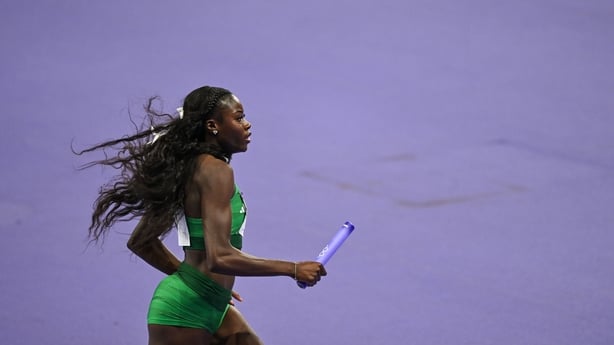
Largely, the comments beneath posts about Adeleke were gracious, lauding the 21-year-old for her ability, beauty, poise and strength. Unfortunately, others loomed, lending legitimacy to phrasing that feels bureaucratically fascist: "not Irish," some write, or "not ethnically Irish," a phrase without base, reason or adequate definition.
If it seems like the distinctions between race and ethnicity are unclear, unsatisfying or muddy, then you’re onto something. These categories are messy, used interchangeably and lack concrete definitions. They, too, are in constant flux; intentionally ever-changing and hazy around the edges, allowing those who shout loudest to redirect their meaning.
For clarity’s sake, I’ll attempt to define them here.
In modern understanding, race refers to a group of people who share physical traits based on a common ancestry such as skin colour, facial features or hair type. This common ancestry is broadly linked by geography and categorises people by continent.
Ethnicity refers to a group of people who share a common history and/or culture. According to the 2022 Census, ethnic groups in Ireland include Indian/Pakistani/Bangladeshi, Arab, Roma, White Irish, White Irish Traveller, Black Irish, Asian and Asian Irish. To put it simply, race and ethnicity are social and political constructs. Yet, they carry enormous implications––especially, if you’re non-white.
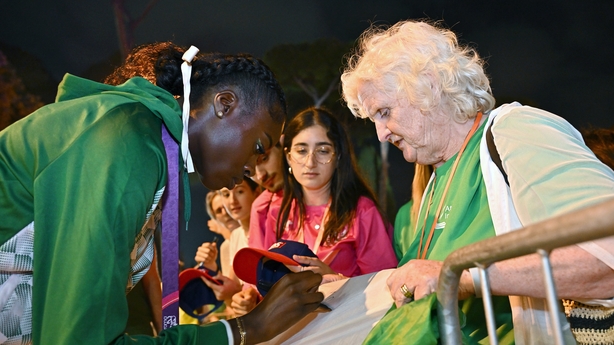
For people who grow up as outsiders, these shifting definitions can rub like a blister. Yet, for those who are white, these shifts can be spoken about with neutral tones instead of hushed ones. For someone like myself––who, like Adeleke, was also born and raised in Ireland with a name that might not be deemed "ethnically" Irish––my ethnicity has never been questioned.
I have never been asked to provide a birth certificate, I have never been asked where I am really from, I have never been laughed at when speaking Irish, and I have never been questioned as to whether I truly belong here. As such, I have been afforded the ability to self-define, despite the fact that one-half of my family is not Irish, and my surname reflects that.
This, I’m certain, has happened because I am white––this, I’m also certain, doesn’t happen for Adeleke because she is not.
It’s a common vantage point for non-white people; when Donald Trump was president, he tweeted that congresswomen Alexandria Ocasio-Cortez, Ayanna Pressley, Rashida Tlaib and Ilhan Omar should "go back" to "the places from which they came" (all were born in America, apart from Omar, who arrived to New York at 13) while his predecessor Barack Obama (born in Hawaii) was ruthlessly questioned about his birthplace, in a way that no other president had been before, in the run-up to his presidential campaign.
Back in 2018, National Geographic published a cover photograph of Birmingham twins Marcia and Millie Biggs, whose differing features were presented as apparent symbols of our post-racial future. "One’s white and one’s Black," the piece reads. "Marcia had light brown hair and fair skin like her English-born mother," it goes on; "Millie had black hair and brown skin like her father, who’s of Jamaican descent."
Statistical geneticist Alicia Martin insists in the article that such an instance––fraternal twins each looking more like one parent than the other––is not particularly rare, but goes on to say that "when humans have drawn lines of identity—separating 'Us' from 'Them'—they’ve often relied on skin colour as a proxy for race," as well as "the 21st-century understanding of human genetics tells us that the whole idea of race is a human invention."
The framing of the piece, despite good intentions, leans into the kind of coarse racial quantifying that TIME Magazine’s "The New Face of America" piece did in 1993, where a computer-generated woman with light-brown skin created from "a mix of several races" became a vessel of social hope, while also stoking the flames of those who deemed a made-up woman’s creation apocalyptic.
According to the truths of our present, certain people will always be chronicled and displayed; the aforementioned Obama, Meghan Markle and, today, Adeleke. While these are generally revered as bastions of progress, the understanding that they are not afforded the same realities that white people are when it comes to identity is stark.
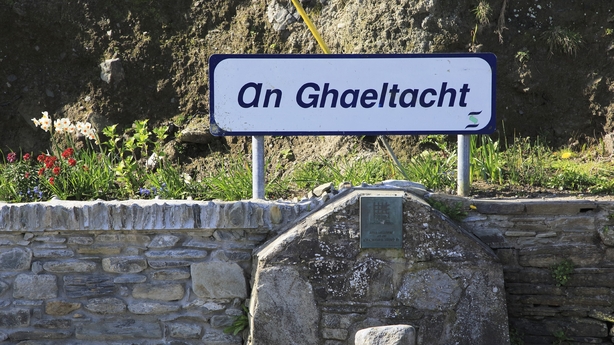
White people can wear nationalities and ethnicities with ease (unless you’re an Irish Traveller––that is a different story) while non-white people continue to exist under a shadow of debate on where are you really from. For Adeleke, or anyone whose Irishness has been questioned, the rules of new nationalism may continue to persist. Mercifully, these voices are the minority, and largely not Irish themselves.
In reality, the term "ethnically Irish," applies to very few. The term certainly, by some accounts, would not apply to Phil Lynott (born in England to an Irish mother and an Afro-Caribbean father), Shane MacGowan (born in England), Countess Markievicz (born in England), James Connolly (born in Scotland), Patrick Pearse (English father), Paul McGrath (born in England; Nigerian father), Christine Buckley (Nigerian father) and Eamon De Valera (born in New York City to a Spanish or Cuban father).
There is no doubt, consideration or question as to whether any of those listed are "ethnically," Irish––another shift in the loose and hazy boundaries of Irishness, again.
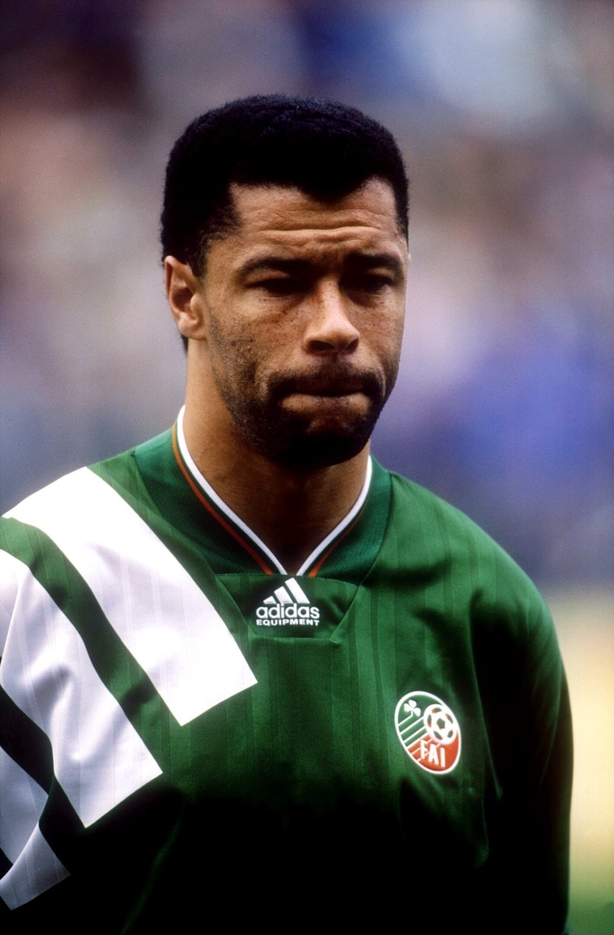
Just last month, the late, great novelist Edna O’Brien took her last breath. She was living in England at the time, and eulogies from all around the world hailed her as the greatest ever chronicler of Irish life, even in times when the Irish community didn’t want to hear it.
In her wake, she left a legacy––not just her insight, her humour and her boldness, but on what an Irish person should be. "When anyone asks me about the Irish character," she once wrote. "I say look at the trees. Maimed, stark and misshapen, but ferociously tenacious."
This, so many of us know, is what it means to be ethnically Irish. Not to be white, not to be Irish-speaking or not to be born in The Coombe, but to be aware of one’s history, forged of one’s present and raging against the machine that shapes one’s future.
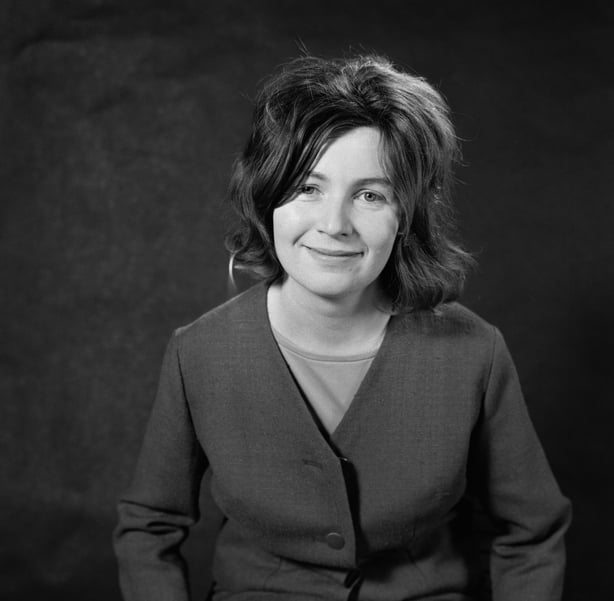
It is possible that the term "ethnically Irish" will ultimately prove too weak to do all that is asked of it. Soon, categorisation in this way will leave a small few shouting to no one, as the rest of society moves on. What their plight most clearly reveals, however, is that this obsession with ethnicity, and all of its insidious counterparts, was never about the protection of culture, but the eradication of difference.
Not looking "Irish" enough, may be the current rod those existing in the past use to beat successful people, but suffice it to say, if this continues, Irish people will never win––and neither will anyone else.
The views expressed here are those of the author and do not represent or reflect the views of RTÉ


